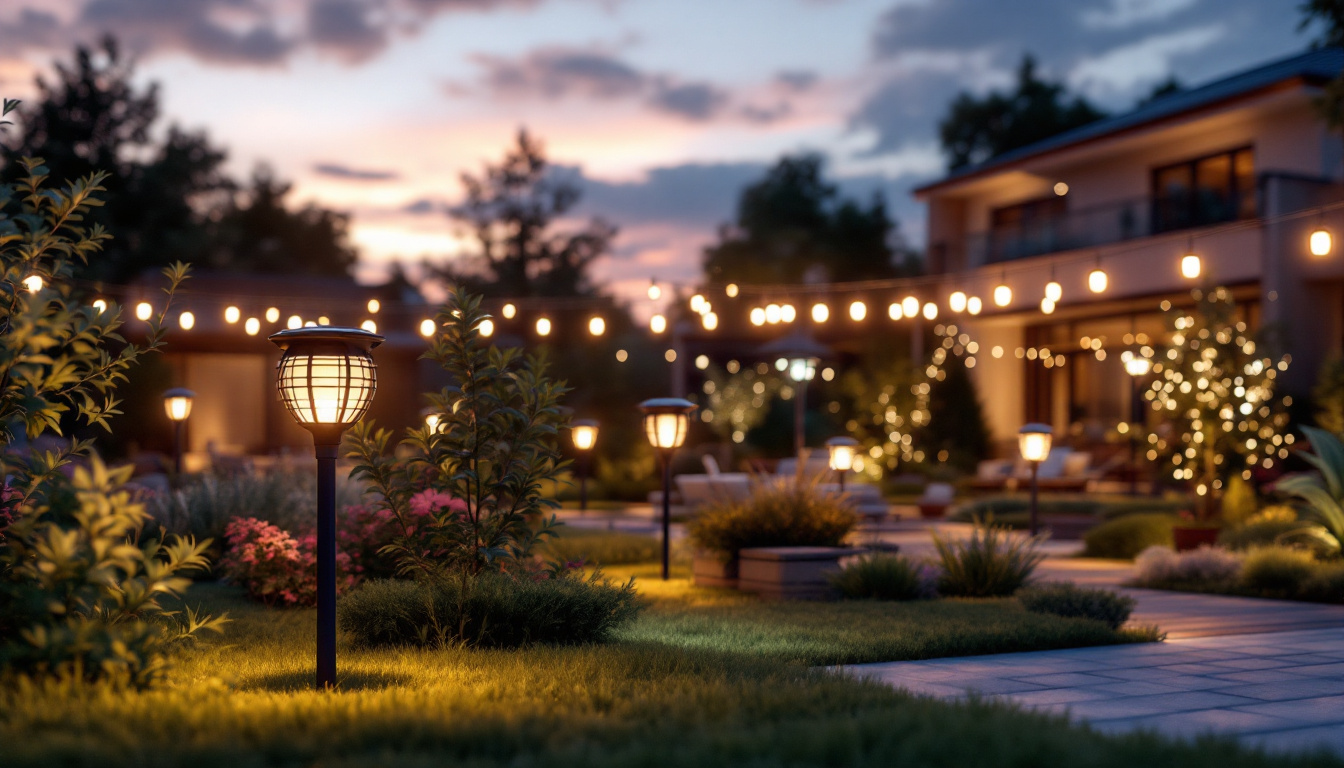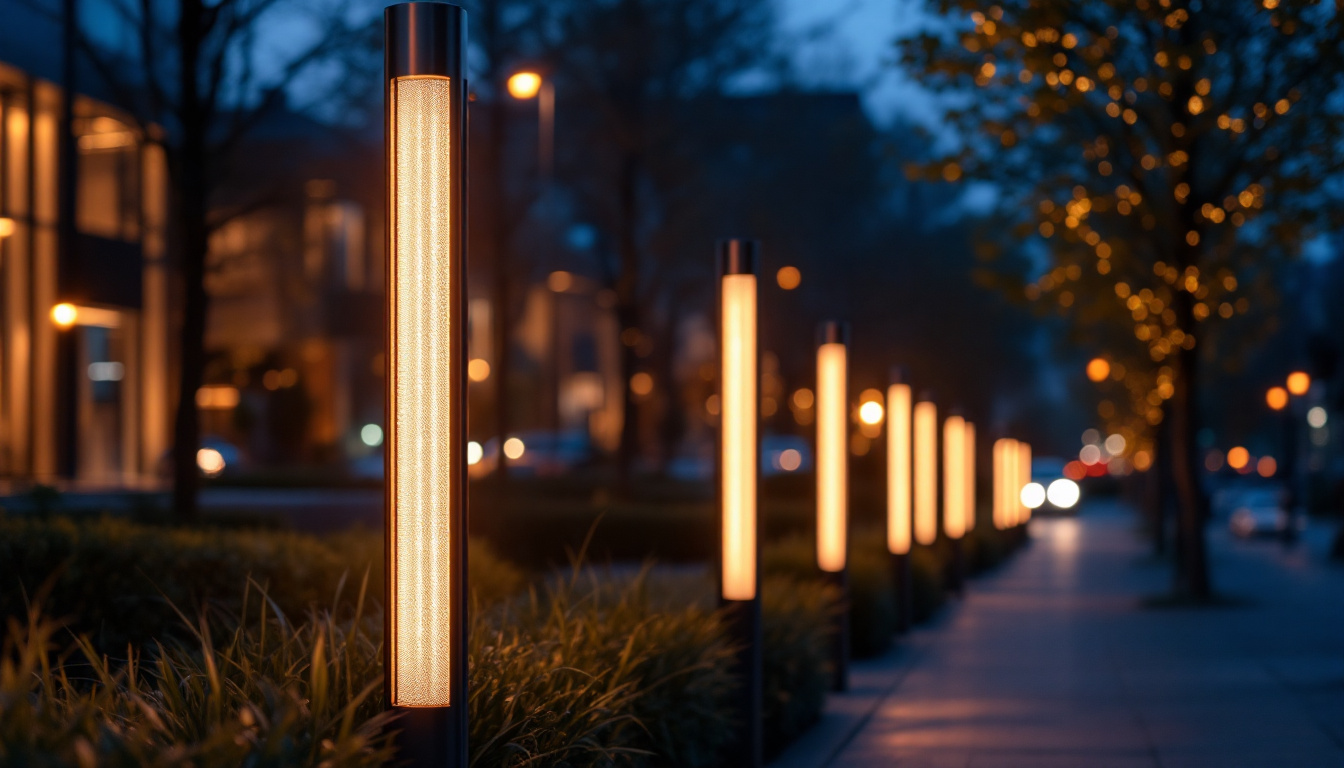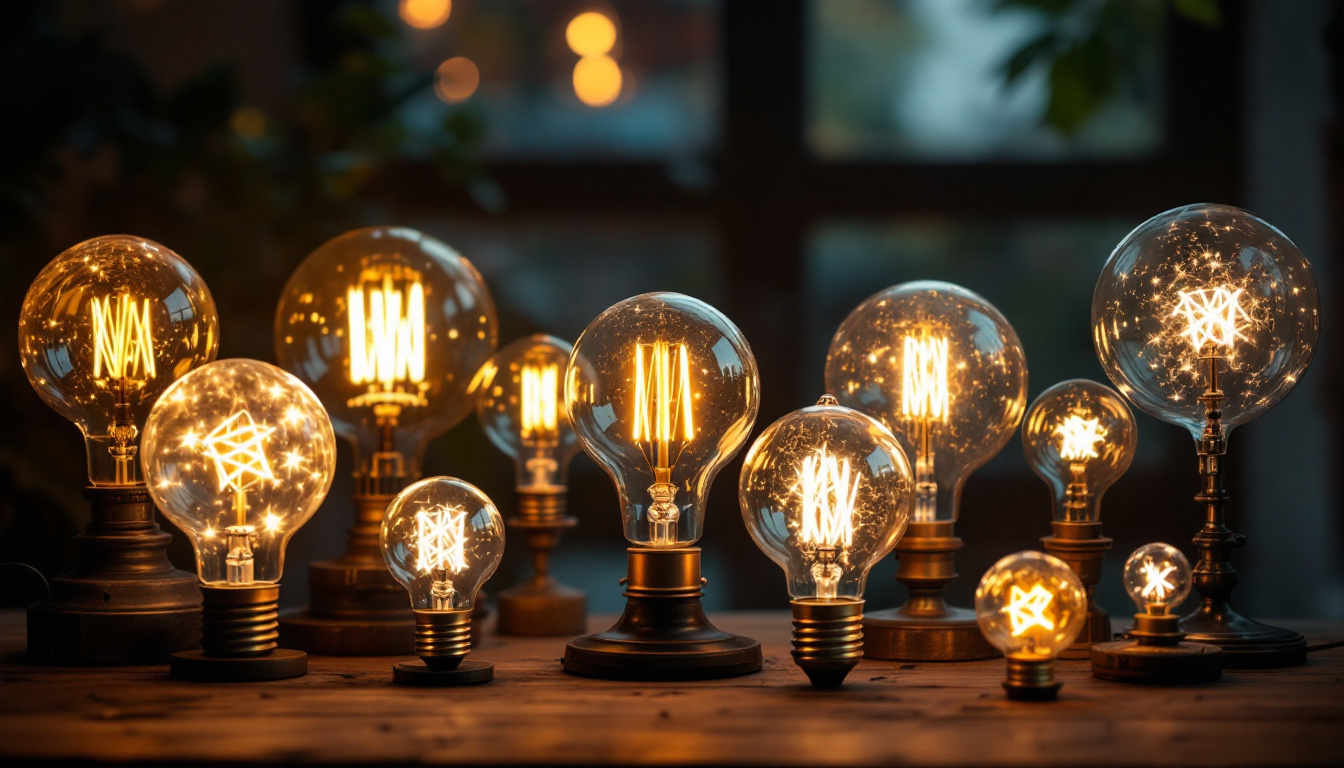
When it comes to enhancing the exterior of a property, outside lighting fixtures play a crucial role. They not only provide safety and security but also elevate the aesthetic appeal of a home or commercial building. For lighting contractors, understanding the various components and considerations involved in selecting and installing these fixtures is essential. This checklist serves as a comprehensive guide to ensure that every aspect of outside lighting is addressed efficiently.
Before diving into installation, it’s vital to familiarize oneself with the different types of outside lighting fixtures available. Each type serves a unique purpose and can dramatically affect the overall look and functionality of a space.
Pathway lights are designed to illuminate walkways, driveways, and garden paths. They enhance safety by guiding individuals along their route and preventing accidents in poorly lit areas. When selecting pathway lights, consider their height, brightness, and design to ensure they complement the surrounding landscape. Additionally, solar-powered pathway lights are an eco-friendly option that can save on electricity costs while providing a warm glow during the evening hours. Many modern designs also feature motion sensors, which can further enhance safety by automatically illuminating the path when someone approaches.
Flood lights are powerful fixtures that provide broad illumination over a large area. They are particularly useful for security purposes, as they can deter intruders by illuminating dark corners of a property. When installing flood lights, it’s important to position them strategically to avoid light pollution and ensure they focus on the intended areas. Furthermore, many flood lights now come equipped with smart technology, allowing homeowners to control them remotely via smartphone apps. This feature not only adds convenience but can also enhance security by enabling homeowners to turn lights on and off while away, simulating occupancy.
Wall-mounted fixtures, such as sconces and lanterns, add character to the exterior of a building. They can be placed near entryways, garages, or patios to provide both functional and decorative lighting. Choosing the right style and finish is key to enhancing the architectural features of the building. Moreover, these fixtures can be used to create a specific ambiance; for instance, warm-toned lights can evoke a cozy atmosphere, while cooler tones can lend a more modern and sleek appearance. Additionally, incorporating dimmable options can allow for versatility in lighting, making it easy to adjust the brightness for different occasions, whether hosting a gathering or enjoying a quiet evening outdoors.
Proper installation of outside lighting fixtures requires careful planning and attention to detail. Several factors must be considered to ensure optimal performance and safety.
Understanding the electrical requirements for outside lighting is paramount. Contractors should be familiar with local codes and regulations regarding outdoor electrical installations. This includes ensuring that all fixtures are rated for outdoor use and that wiring is properly insulated and protected from the elements. Additionally, it is essential to consider the power source; using a dedicated circuit for outdoor lighting can prevent overloads and ensure consistent performance. Installing GFCI (Ground Fault Circuit Interrupter) outlets is also a critical safety measure, as they help prevent electrical shocks in wet conditions.
The placement and spacing of fixtures can significantly impact the effectiveness of the lighting. For pathway lights, a common rule of thumb is to space them about 6 to 8 feet apart. Flood lights should be positioned at a height that maximizes coverage while minimizing glare. Taking the time to plan the layout will result in a more cohesive and functional lighting design. It’s also important to consider the surrounding landscape; trees, shrubs, and other features can cast shadows or obstruct light, so adjusting the placement of fixtures accordingly can enhance visibility and aesthetics. Furthermore, incorporating layered lighting, such as combining ambient, task, and accent lighting, can create a more inviting atmosphere while ensuring safety and functionality.
Incorporating lighting control options can enhance the usability and efficiency of outside lighting fixtures. Dimmers, timers, and motion sensors can help manage energy consumption and provide convenience. For instance, motion sensors can automatically activate flood lights when movement is detected, ensuring that areas are only illuminated when needed. Smart home technology offers even more flexibility, allowing homeowners to control their outdoor lighting remotely via smartphones or voice-activated devices. This not only adds convenience but can also improve security, as lights can be programmed to simulate occupancy when the homeowner is away, deterring potential intruders. Additionally, integrating solar-powered lights into the design can further reduce energy costs and reliance on traditional power sources, making outdoor lighting both eco-friendly and cost-effective.
The selection of fixtures can greatly influence the overall ambiance and functionality of outdoor spaces. Contractors should consider various factors when choosing the right fixtures for their projects.
Choosing fixtures that align with the architectural style of the property is essential. Whether the design is modern, rustic, or traditional, the fixtures should complement the overall aesthetic. This not only enhances the visual appeal but also ensures that the lighting integrates seamlessly with the environment. For instance, sleek, minimalist fixtures may work beautifully in a contemporary setting, while ornate, wrought-iron designs can add charm to a vintage home. Additionally, incorporating a mix of fixture styles can create a dynamic visual interest, allowing for a unique outdoor experience that reflects the homeowner’s personality.
Outdoor fixtures are exposed to various weather conditions, making material selection critical. Options such as stainless steel, aluminum, and weather-resistant plastics offer durability and longevity. Contractors should also consider finishes that resist corrosion and fading to maintain the fixtures’ appearance over time. Beyond just weather resistance, it’s important to think about the local environment; for example, coastal areas may require fixtures that are specifically designed to withstand salty air and humidity. Furthermore, the choice of materials can also impact maintenance; some materials may require regular cleaning or treatment, while others are virtually maintenance-free, allowing homeowners to enjoy their outdoor spaces without the hassle of upkeep.
With the growing emphasis on sustainability, energy-efficient lighting options are becoming increasingly popular. LED fixtures, for example, consume significantly less energy than traditional incandescent bulbs and have a longer lifespan. Contractors should educate clients on these benefits to promote eco-friendly choices. In addition to LEDs, solar-powered fixtures are also gaining traction, providing an excellent option for homeowners looking to minimize their carbon footprint. These fixtures harness sunlight during the day and illuminate outdoor spaces at night without relying on grid power. By highlighting the long-term cost savings and environmental benefits of these energy-efficient options, contractors can help clients make informed decisions that align with their values and contribute to a more sustainable future.
Ensuring safety and compliance with local regulations is a top priority for lighting contractors. This involves adhering to specific guidelines that govern outdoor lighting installations.
Before commencing any installation, contractors should familiarize themselves with local building codes and regulations related to outdoor lighting. These codes may dictate aspects such as fixture height, brightness levels, and even the types of bulbs that can be used. Non-compliance can lead to fines and necessitate costly rework.
Proper grounding of outdoor fixtures is essential for preventing electrical hazards. Contractors should ensure that all fixtures are correctly grounded and that wiring is protected from moisture and physical damage. Utilizing GFCI (Ground Fault Circuit Interrupter) outlets is also recommended to enhance safety in wet environments.
Light pollution is a growing concern in many communities, and contractors should be mindful of how their installations affect the surrounding environment. Using fixtures that direct light downward and minimize glare can help mitigate this issue. Additionally, educating clients about responsible lighting practices can foster a more environmentally conscious approach to outdoor illumination.
Regular maintenance is crucial to ensuring the longevity and performance of outside lighting fixtures. Contractors should provide clients with guidance on how to care for their installations.
Outdoor fixtures can accumulate dirt, debris, and moisture, which can affect their performance. Regular cleaning and inspection are necessary to keep fixtures in optimal condition. Contractors should recommend a cleaning schedule and provide tips on how to safely clean different materials without causing damage.
Clients should be informed about the lifespan of the bulbs used in their fixtures. LED bulbs, for example, can last for years, while traditional incandescent bulbs may need more frequent replacement. Contractors should also encourage clients to consider upgrades to more energy-efficient options when replacing bulbs to enhance sustainability.
Different seasons can pose unique challenges for outdoor lighting. In areas with harsh winters, for instance, contractors should advise clients on how to prepare their fixtures for snow and ice. This may include removing bulbs or fixtures during extreme weather conditions to prevent damage.
Outside lighting fixtures are an integral part of any outdoor space, providing both functionality and aesthetic appeal. For lighting contractors, having a comprehensive checklist ensures that all aspects of the installation process are covered, from understanding the types of fixtures to ensuring safety and compliance.
By staying informed about the latest trends, technologies, and best practices in outdoor lighting, contractors can better serve their clients and enhance the overall quality of their projects. Whether it’s illuminating a residential pathway or securing a commercial property, the right approach to outside lighting can make a significant difference.
Ultimately, a well-executed lighting design not only enhances safety and security but also creates inviting spaces that can be enjoyed day and night. Following this checklist will help lighting contractors deliver exceptional results that meet the needs and expectations of their clients.
Ready to elevate your lighting projects with the finest fixtures on the market? Look no further than LumenWholesale, where we offer an exceptional range of spec-grade lighting products at wholesale prices that simply can’t be beaten. Our commitment to quality and affordability ensures that you can light up any space with confidence, knowing you’re backed by the best in the industry. Say goodbye to middleman markups and hello to hassle-free bulk buying with free shipping. Don’t compromise on quality or value—choose LumenWholesale for your next project and experience the ultimate in lighting excellence. Wholesale Lighting at the Best Value is just a click away.

Discover how solar lights can revolutionize your lighting installation projects with eco-friendly solutions and cost-effective benefits.

Explore the pivotal role of light poles in modern lighting solutions, from enhancing urban landscapes to supporting smart city technologies.

Discover the pros and cons of Motion Switch lighting systems compared to alternative solutions.

Discover the charm and efficiency of vintage LED globes in our comprehensive guide for lighting contractors.